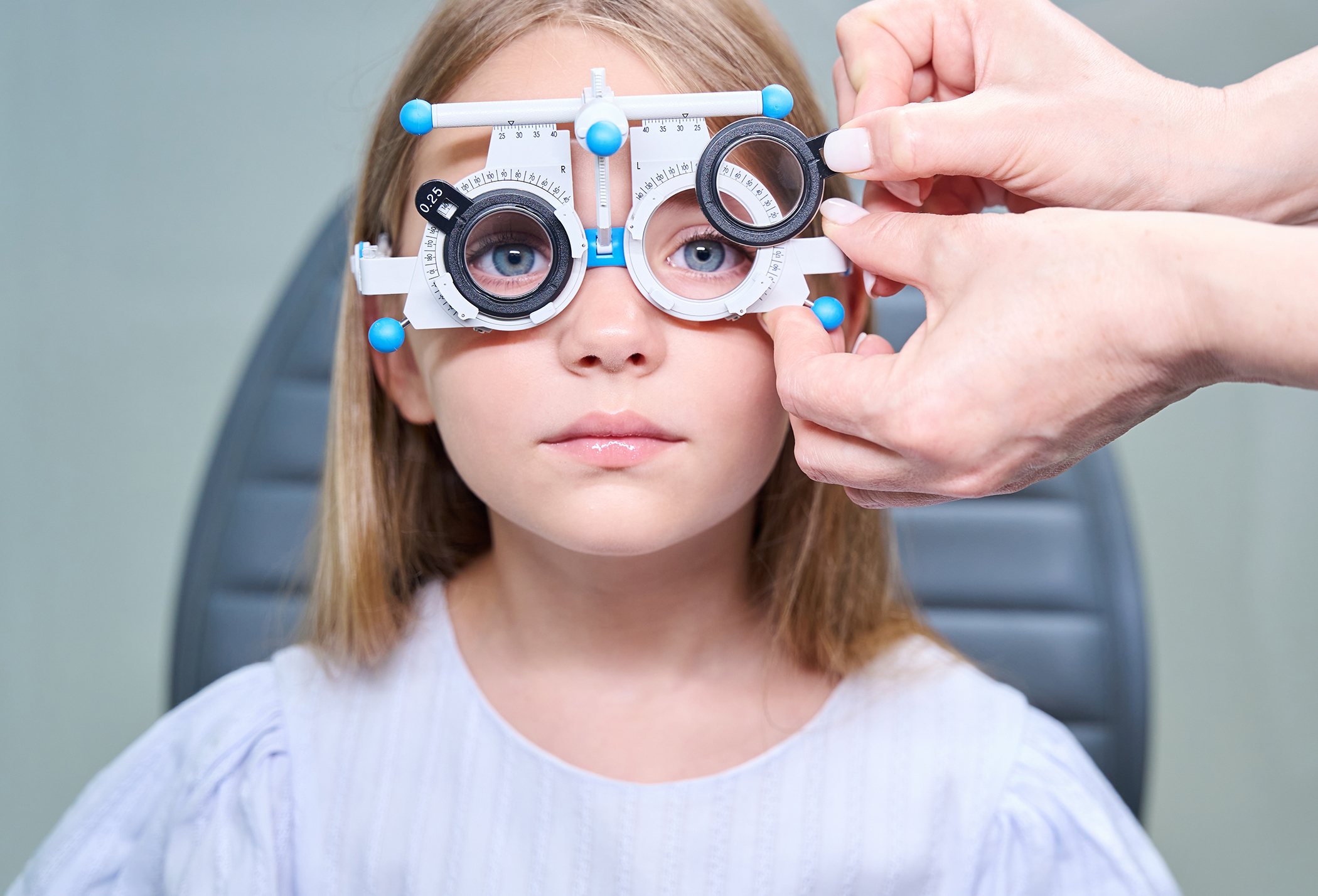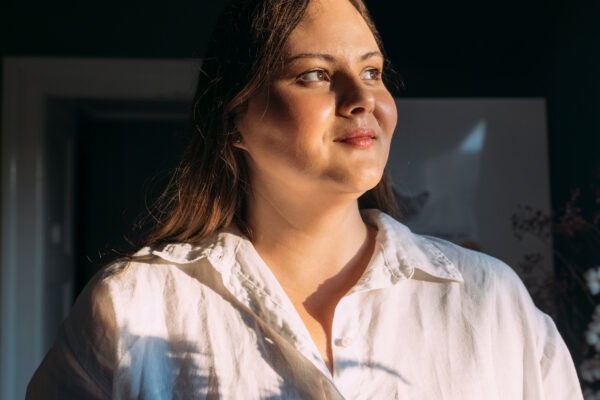and What Parents Can do About it
By Jamie Bussin, featuring Dr. Fallon Patel
When most of us think of nearsightedness—or myopia—we imagine it as a simple vision problem: you can see clearly up close, but distant objects appear blurry. What many people don’t realize, however, is that myopia is now a growing public health concern, particularly among children.
According to optometrist Dr. Fallon Patel, a guest on Episode #398 of The Tonic Talk Show/Podcast, myopia happens when the eye grows too long from front to back, which makes it harder to focus on distant objects. “When I was in school, we were taught that myopia was mostly genetic,” she says. “But today, we understand that lifestyle plays a major role.”
The Modern Myopia Surge
In recent years, myopia rates have skyrocketed in children around the world. What’s changed? Our habits.
Modern life means more time spent indoors and more time focused on screens—phones, tablets, and computers. “We can’t say for sure how it happens,” Dr. Patel explains, “but we know that reduced outdoor time and increased near work are significant risk factors. Whether it’s the sunshine, vitamin D, or the visual exercise of looking far away, spending time outside appears to help protect the eyes.”
In short, the less our eyes focus on distant objects, the less they “practice” seeing far away. It’s not exactly that we’re losing the ability, but rather that our eyes are developing in a way that favours near vision—sometimes permanently.
Why Early Myopia Management Matters
Dr. Patel stresses that myopia isn’t just about blurry vision or thicker glasses. The long-term consequences can be far more serious.
“As the eye elongates, it increases the risk for irreversible diseases later in life—things like glaucoma, retinal detachment, and myopic maculopathy,” she says. “We’re not seeing high levels of these issues in older generations yet, but the rise in childhood myopia means it’s coming. This could be a major vision health issue in the future.”
That’s why early diagnosis and treatment are key. The goal is to not just correct vision, but to slow the progression of myopia and prevent the eye from continuing to elongate.
A Proactive Approach to Vision Correction
Traditional glasses and contact lenses help children see clearly, but they don’t stop the eye from changing shape. Today, however, there are new options that aim to address both clarity and progression.
These advanced lenses use a dual-focus design, which corrects vision while also gently altering how light focuses on the retina. This “defocus” effect helps signal the eye to slow its growth. “It’s a more proactive approach,” says Dr. Patel. “We’re not just fixing the blur—we’re addressing what causes it to get worse over time.”
Dr. Patel notes that studies have shown these treatments can reduce the progression of myopia by more than half over several years. “In practice, I’ve seen children stabilize much earlier than expected,” she says. “For some, it means their prescriptions stop increasing year after year.”
Are Contact Lenses Safe for Kids?
One of the biggest concerns parents have is whether contact lenses are safe—or even practical—for younger children. Dr. Patel reassures that they are.
“There are daily disposable lenses, which means no cleaning or storage,” she explains. “You put them in in the morning, and throw them out at night. Kids as young as eight can learn to use them confidently.”
In fact, she says, kids often pick up the technique faster than adults expect. “They’re a lot smarter and more capable than we give them credit for,” she laughs. “With a little coaching, they master it easily.”
Contact lenses also offer an advantage for active kids. Whether they’re playing sports, dancing, or just running around, contacts stay put—allowing for clear, consistent vision and uninterrupted treatment throughout the day.
Protecting Kids’ Eyes for the Long Term
Dr. Patel has a simple message for parents whose children are myopic: don’t wait.
“School vision screenings aren’t enough,” she warns. “They can catch some issues, but they don’t give a full picture of a child’s eye health. Every child should have a comprehensive eye exam with an optometrist.”
Early detection and proactive care can make all the difference, both for vision quality today and for protecting sight decades down the line.
“My biggest message is that early action matters,” says Dr. Patel. “The sooner we identify and manage myopia, the more we can do to preserve your child’s vision for life.”
The takeaway:
As screen time rises and outdoor play declines, myopia is no longer just a minor inconvenience—it’s a growing concern for children’s long-term vision health. Regular eye exams, more time outdoors, and modern myopia management options can help ensure today’s kids see clearly not just now, but well into the future.




